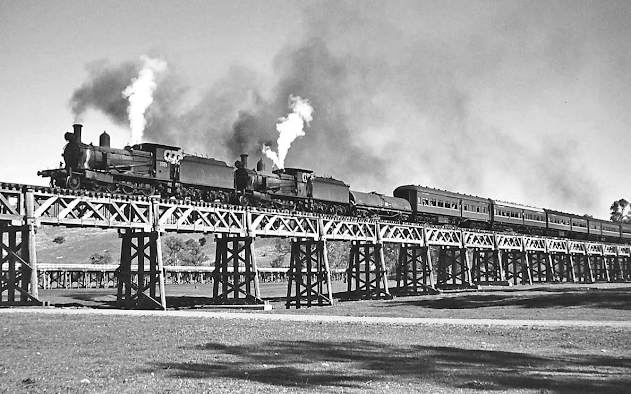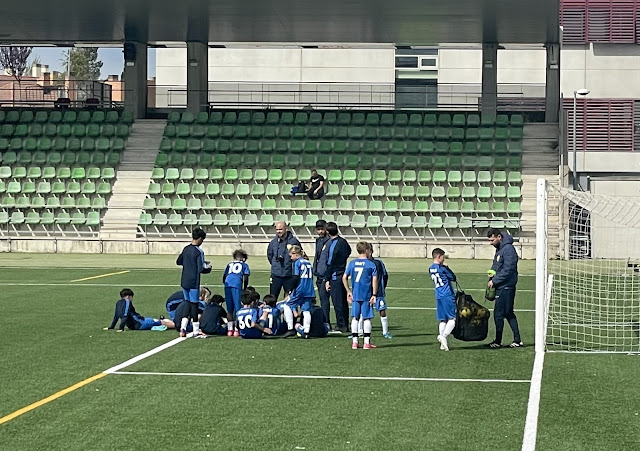20220529 Travelling along the Gwydir Highway (B76) to the town of Pallamallawa or "Pally" as the local’s call it, a small rural village just 30ks east of Moree that backs onto the Gwydir River. The town services the surrounding area who’s main crops are cotton, pecans and livestock, mostly beef cattle with the added bonus of Olive’s. Driving into the town there’s a small convenience store on the corner of the street and a Pub/Caravan Park on the other, and if you drive around the bend there’s a free campground beside the river. We couldn’t fit into the caravan park due to the low bearing trees, but the owner did let us use the shower’s and as I walked into the park I said to owners, ha guys, instead of standing around talking why don’t you chop those branches down so we can fit in here, don’t worry they all laughed.😂😂
The town’s local cafe and convenience store.
Pubs and Inns around our country have been a huge part of the Australian history that dated back to the first settlers in the early- to mid-1800s. Travellers, drovers and bullock teams would call in for a well deserved feed and wash it down with a coldie before continuing their journey. In 1864 there were only four buildings in Moree – and three of them were pubs, but then by the 1880s with the arrival of more residents there was a pub on every corner, not to mention more scatted in many nooks and crannies across the district. The village of Pallamallawa was settled on four runs of land comprising 223,000 acres in 1862 and named Bogimildi.

One that still stands proudly is the famous Pally Pub, despite a stop-start existence down through the decades, then in 1879 a license for the Pioneer Hotel near the site of the current village was granted to Edward Gwydir Pearce, who was murdered five years later by local farmhand Jack Brady. But it’s the Pally Pub that still stands today – and after recent extensive renovations by current owners the plan is to keep the beer flowing for quite a few years yet.
This painting of the silos covers a wall at the Pub.
After our shower we left heading to Moree and once again we’re trying to avoid the rain so a caravan park it is and once we arrived it seems every traveller had the same idea. We ended up staying for three days and got terrible bored so I caught a cab into town and did some therapy shopping, until Des phoned, he decided to visit the bank so we meet and had lunch at one of the local pubs, are well, it did kill some time.
The historic Post Office Hotel in Moree where Des took me for lunch.
When ever I’m on the road these crumbed chops are at the top of my least.
This mural demonstrates the diversity of crops and farming in the Shire aside from Cotton & Wheat, it also depicts the incredible big clear skies & black soil plains.
A farmer with his calf in a field of oats”. This mural portrays the significance of Agriculture on the Moree plains. It’s three stories high and 12m long and took 2 days and a ‘stockpile’ of spray cans. James (artist) said he worked from sunrise to sunset and as late as 10 pm to be complete in the timeframe.
Symbolising the 1965 Freedom Ride, led by Indigenous student activist Charles Perkins.
The artwork features a powerful image of the word PEACE.
Constructed in 1900 as a surgery and hospital then in 1920 it became the Moree Club, this unusual building is a rare example of what is known as Federation Arts and Craft architecture.
Inland Rail takes on a new life as a 1,700km freight rail line is laid that will connect Melbourne and Brisbane via regional Victoria, New South Wales and Queensland.
The new line spanning from Gowrie (near Toowoomba) to Kagaru (near Beaudesert) has completed about 128 kms of upgraded rail track that also includes a 6.2km tunnel through the Great Dividing Range – the largest diameter freight tunnel in the southern hemisphere.
Done and Dusted














Comments
Post a Comment